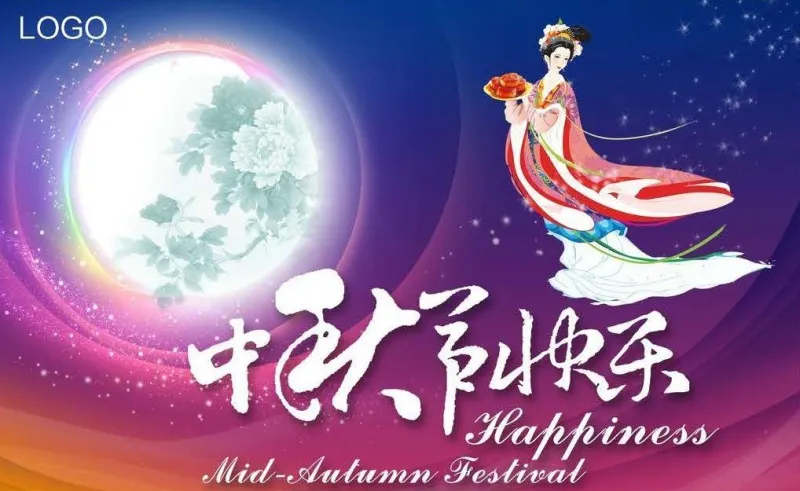The Mid-Autumn Festival China
A year is divided into four seasons: spring, summer, autumn and winter, and according to traditional Chinese calendar, each season is further divided into three phases. The 8th lunar month is the second month in autumn, and the 15th day is in the middle of the month. That's how the festival gets its name-the Mid-Autumn Festival.
The Mid-Autumn Festival originated from the ancient people's worship of the moon. In the documents of the Western Han Dynasty, there are records of Chang'e flying to the moon and Wu Gang cutting an osmanthus. The festival came into being in the Song Dynasty and became important in the Ming and Qing Dynasties.
Celebrations during the Mid-Autumn Festival are worshiping and appreciating the moon, eating mooncakes, enjoying osmanthus blossoms and drinking wine fermented with osmanthus flowers, all of which can date back to the ancient time. “Family reunion" is the theme of the Mid-Autumn Festival, during which the full moon means the full attendance of family members, and the mooncake is a symbol of cherishing. Chinese culture has such a huge influence that the Mid-Autumn Festival has been introduced into countries in East and Southeast Asia, and is greatly treasured by overseas Chinese there.
In 2006, the Mid-Autumn Festival was listed by the Chinese State Council in the first batch of Intangible Cultural Heritage of the country. Since 2008, Chinese people have enjoyed the annual public holiday of the Mid-Autumn Festival.

